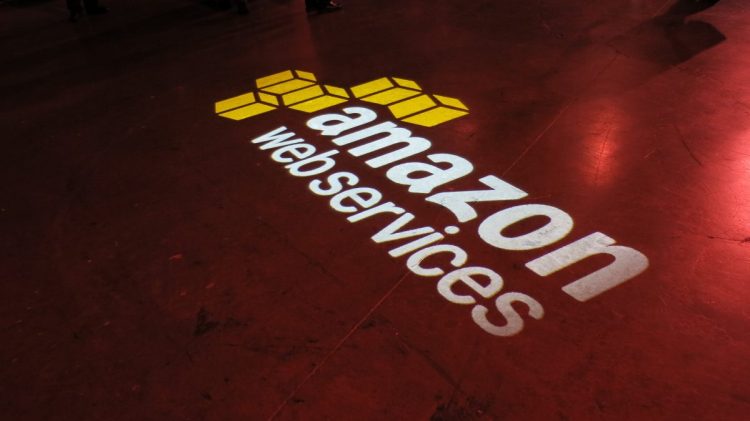Amazon Web Services dove deeper into providing services for the Internet of Things today with the official launch of its Greengrass service. The new offering helps customers handle processing of data on edge devices and communication from those devices to the AWS cloud.
Greengrass lets customers write functions that can be deployed on compatible devices and run in response to triggers from local hardware or the AWS cloud. Using those functions, it’s possible to handle data processing without a network connection, which is key for IoT devices. Greengrass also handles secure connections between embedded hardware and Amazon’s cloud, so it’s possible for customers to pass data back and forth.
The service, which AWS announced at its re:Invent conference in Las Vegas last year, helps the cloud provider compete on a key battlefield. All of the major cloud providers have some set of IoT services to help enterprises take advantage of connected devices. However, AWS is one of the first among its cohort to provide generally available first-party services for edge processing, which could be a key benefit for attracting customers and hardware partners.
In particular, Greengrass has beaten Microsoft’s Azure IoT Edge service to general availability, which gives the company an advantage, according to Dima Tokar, the cofounder and CTO of MachNation.
June 5th: The AI Audit in NYC
Join us next week in NYC to engage with top executive leaders, delving into strategies for auditing AI models to ensure fairness, optimal performance, and ethical compliance across diverse organizations. Secure your attendance for this exclusive invite-only event.
“For prospective customers evaluating cloud platforms, the general availability of Greengrass will give AWS temporary advantage over Azure, as it provides a production-ready set of capabilities for edge devices,” he said in an email. “For hardware vendors evaluating cloud platforms, Amazon shipping Greengrass means vendors can take a generally available product from a leading cloud vendor and begin integrating it into their hardware.”
One of the other key benefits of Greengrass is that the functions users run on their edge devices are built using AWS Lambda, the company’s “serverless” processing service. In theory, it’s possible for developers to write one Lambda function that will run both in Amazon’s cloud and on edge devices.
There are three laws that AWS thinks about when building edge computing capabilities, according to Dirk Didascalou, the cloud provider’s vice president of IoT.
It’s not possible to transfer data faster than the laws of physics allow, and sending data over a network isn’t fast enough for some applications. The laws of the land can require certain security or privacy practices that make cloud or IoT use more difficult, and the laws of economics can make it harder to send large volumes of data from edge devices to the cloud in a cost-effective manner. AWS Greengrass is aimed at addressing those problems.
As part of the launch, Intel announced a new IoT Dev Kit and Greengrass compatible gateways to help hardware manufacturers and enterprises adopt the new services. Qualcomm also said that its DragonBoard 410c development kit now supports Greengrass, and showed customer hardware that integrated with the new service.
Starting Tuesday, the Greengrass cloud service will be generally available out of AWS’ Northern Virginia and Oregon data centers. The service will be made available from the cloud provider’s Frankfurt and Sydney regions in the coming weeks, Didascalou said. Greengrass-capable devices can be deployed worldwide.
Updated at 12:35 Pacific Time with comments from Dima Tokar.
Correction June 7, 2017: We initially said the DragonBoard 410c was new. It is not. The DragonBoard 410c was released in March 2015. We have updated the article accordingly.

